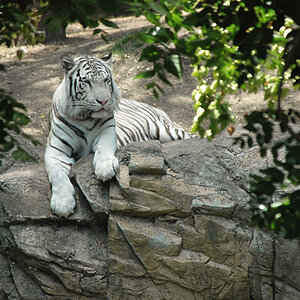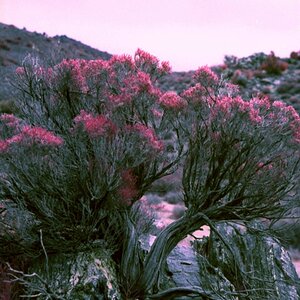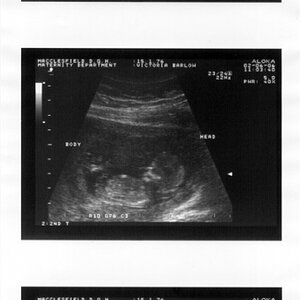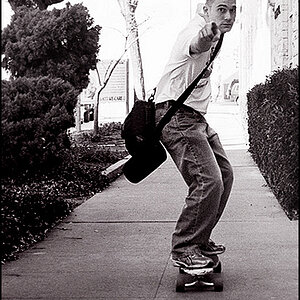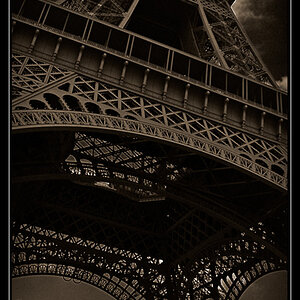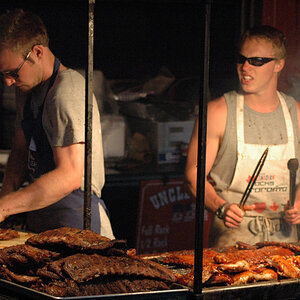J-Cal
TPF Noob!
- Joined
- May 16, 2016
- Messages
- 52
- Reaction score
- 12
- Location
- Boston
- Website
- www.jamescalandrella.com
- Can others edit my Photos
- Photos OK to edit
I'm looking to learn how to shoot some stars on my old D300S. I've never tried before and i'm just looking to be pointed in the right direction. Thanks in advance!


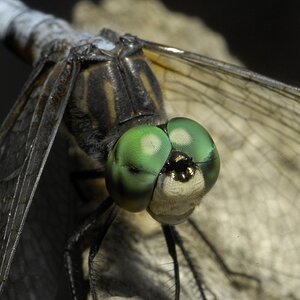
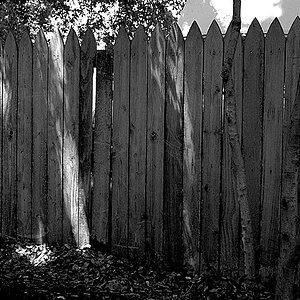
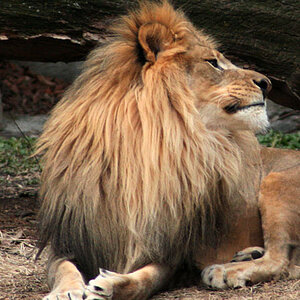
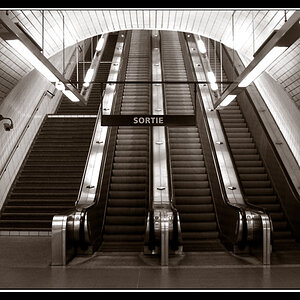
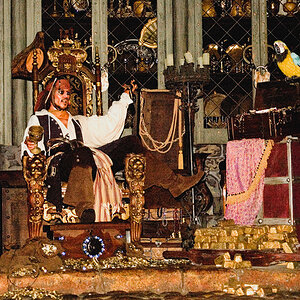
![[No title]](/data/xfmg/thumbnail/30/30990-df3df397f705643bc2c207cc9d579d08.jpg?1619734554)
